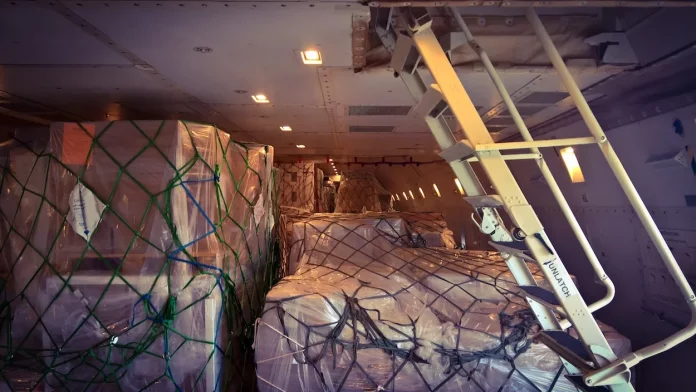As the Trump administration prepares to end the long-standing de minimis exemption for low-value imports, freight forwarders and customs brokers are racing to adapt. The policy change, which targets shipments typically valued under 800 dollars, is expected to disrupt supply chains and delay deliveries across the United States.
Brandon Fried, Executive Director of the Airforwarders Association, says the industry is facing widespread uncertainty as the policy nears implementation. “Unpredictability is the order of the day when it comes to de minimis. Not all of our members are involved with this type of activity, but some have made significant investments in that area. For them, the impact will be substantial.”
Historically, the de minimis rule allowed low-value shipments to bypass formal customs clearance and duty payments, facilitating fast and cost-effective cross-border e-commerce. Its removal is likely to introduce new compliance burdens, forcing many shippers to adjust quickly.
“We are likely to see a shift away from air freight toward ocean freight, with large shipments processed through bulk formal clearance,” Fried explained. “This will require more processing time, more detailed documentation, and higher costs due to the formal entry procedures.”
Customs Brokers Under Pressure
The effects extend beyond freight forwarders. Customs brokers now face an influx of low-value shipments that require full clearance, adding pressure to their operations.
“They have been extremely busy,” Fried said. “They are dealing with the uncertainty and frequent changes. They are assisting importers with duty classification scenarios, but the real challenge is the lack of clarity around the processes.”
Because of this ambiguity, industry professionals are advising caution. “When people ask me for guidance, I often tell them to wait. This is not the time for rushed decisions,” Fried said.
Concerns About System Readiness
Earlier this year, Customs and Border Protection postponed the repeal to give time to prepare systems. While CBP has stated that its automated systems are ready, Fried remains cautious.
“They are going to need a much better understanding of what is inside each package,” Fried said. “I am not sure how CBP will keep up, but I can say with confidence that our members will be required to provide much more data. If CBP cannot determine what is in the shipment and its value, delays will be unavoidable.”
The United States Postal Service, which handles many de minimis packages, is also expected to face challenges, although the status of their readiness remains unclear.
Smaller Businesses Face Greater Risk
While large multinational corporations may be able to navigate tariff changes with greater ease, smaller businesses—many of which are members of the Airforwarders Association—are more vulnerable.
“Small and medium-sized businesses are the ones at real risk,” Fried warned. “The big players will manage, but the smaller companies could face serious trouble. That is a major concern.”
In response, forwarders are working closely with clients to re-evaluate their supply chains. This includes diversifying supply sources, optimizing shipping routes, and reconsidering transportation modes—steps that have now become critical.
Challenges to Global Diversification
The administration’s trade policies are pushing companies to shift away from Chinese suppliers. However, moving operations to Southeast Asia has been complicated by new tariffs affecting countries like Vietnam and Cambodia.
“Tariffs have hit Cambodia and Vietnam as well,” Fried said. “There is a push to exit China, but that is easier said than done. China has spent over forty years building a world-class manufacturing infrastructure.”
Domestic manufacturing is not a quick fix either. “Where are companies going to find the capital to rebuild factories in the United States, especially in such an unpredictable trade environment?” Fried asked. “And do American workers want the types of jobs that have typically been done in China? I am not so sure.”
Signs of Disruption Emerging
The early impact is already being felt. Fried pointed to data from the Port of Los Angeles showing a ten percent drop in activity, and UPS has reportedly announced plans to lay off twenty thousand employees and close over seventy facilities—moves Fried links to the current volatility in trade and logistics.
“We are less than a month away from seeing empty shelves in stores across the country,” he said. “These goods are not going to arrive in time.”
Fried attributes much of the disruption to inconsistent communication from federal authorities. “It is difficult to give guidance when the information coming from the White House is unclear,” he said. “Uncertainty dominates the landscape, and there is always a chance policy could change at any moment.”
Preparing for What Comes Next
With little clarity from policymakers, freight forwarders are focusing on what they can control. Fried encourages members to invest in compliance systems, improve data infrastructure, and maintain close relationships with customs experts.
“Adopting the right technology is crucial,” he said. “Above all, stay in constant communication with your clients.”
As the May 2 deadline approaches, the message from the freight community is clear: prepare for disruptions, and avoid hasty decisions.


